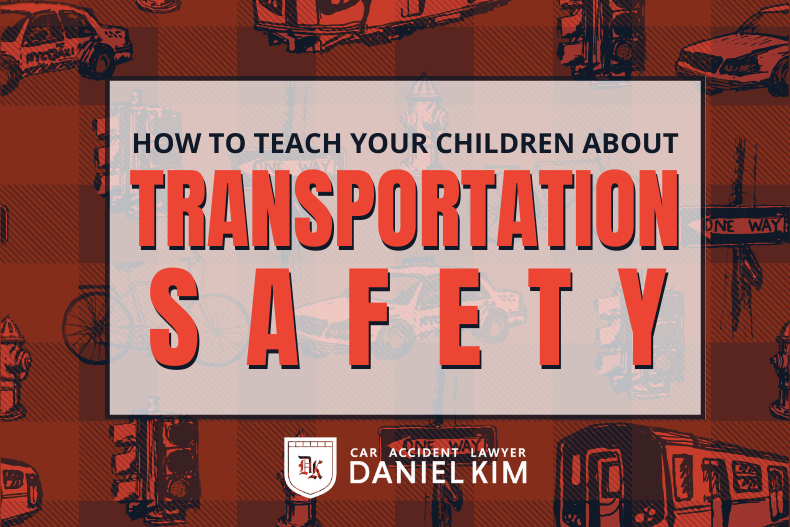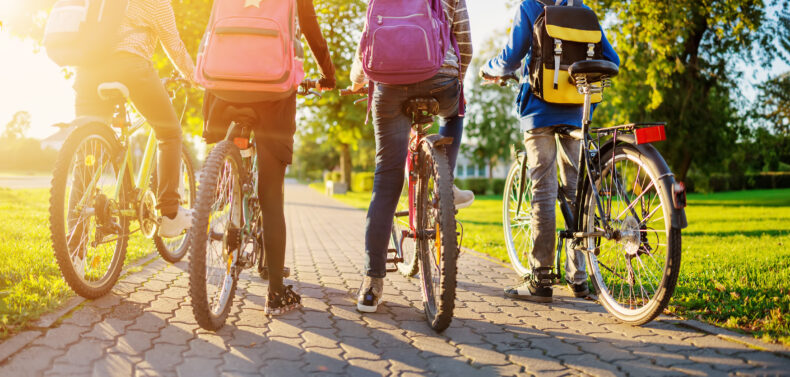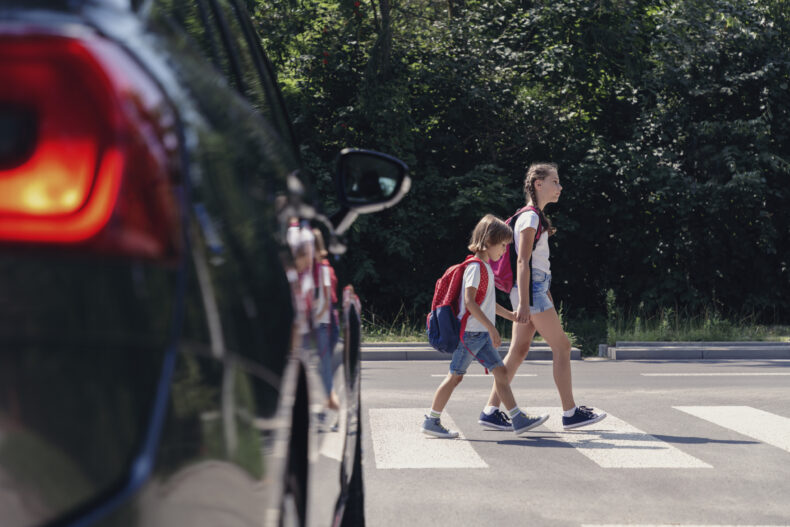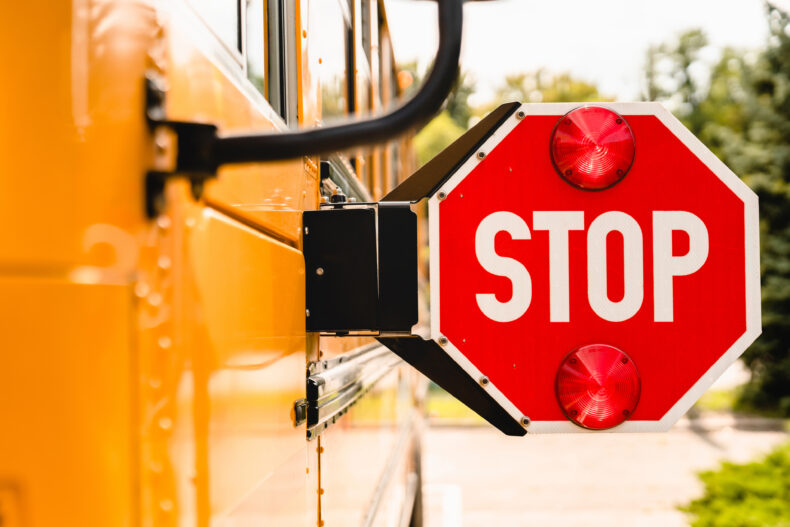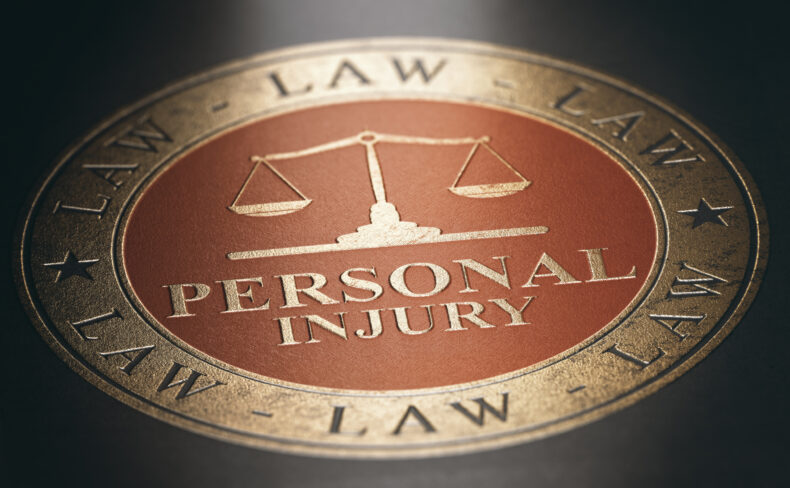Back to School Safety
Back to school season is one of the busiest times of the year. Kids and teens share the road with drivers, cyclists, and pedestrians as they head to and from school. This means that everyone needs to be extra careful and attentive to avoid accidents and injuries. Whether your child is a driver, a cyclist, or a pedestrian, it is important to have a serious discussion with them about the importance of back to school safety. By following these tips, you can help your children reach school safely.
Children and Teens Are At a High Risk
According to the Centers for Disease Control (CDC), adolescents, teens, and young adults have the highest rates of injury from bicycle crashes. Moreover, bicyclists ages 10-24 account for nearly one-third of all injuries treated in emergency rooms.
Additionally, pedestrian fatalities among children ages 5 to 14 are four times higher between 3 p.m. and 4 p.m. than any other time of day. Distractions like cell phones are a major cause of these types of serious accidents, as both pedestrians and drivers may not have their eyes on the road.
Knowing these alarming stats shouldn’t prevent your child from walking or biking to school, but it should inform how you teach your child about safe practices. Let’s dive into some school safety tips!
If your child rides a bike to school:
Considering the convenience and ease of bike riding, it comes as no surprise that many students choose to ride a bicycle to school. More recently, many teens have chosen to ride e-bikes, which present their own safety concerns for themselves and others. Here are safety tips for bicyclists:
- Check with your child’s school regarding safe routes for students. Practice riding the bike route to school with your child. If you live in Orange County, find out more about Safe Routes to School (SRTS) here.
- Check the bike’s brakes, reflectors, lights, and bell or horn.
- Wear bright clothing and a properly fitted helmet that meets federal safety standards. In California, all riders under the age of 18 must wear a helmet by law.
- Know the rules of the road: ride on the right side of the road and in the same direction as traffic, obey traffic signs and signals, and yield to pedestrians and vehicles.
- Use appropriate hand signals to indicate turns and stops.
- Avoid riding on busy streets where cars may be speeding.
- Always walk the bicycle across intersections.
If your child walks to school:
If your child lives near a school, they may find it most convenient to walk to and from campus. However, children walking to school should be alert at all times, as they face many dangers when sharing the road with motor vehicles. In the U.S., pedestrian fatalities hit 7,388 – a 13% increase from 2020. By staying alert and focused, you can avoid most accidents.
- Before the first day of school, practice walking the route to school. Plan the safest route ahead of time and use the same route every day.
- Wait for the green light or walk signal and look both ways before crossing the street.
- Use the sidewalk if one is available. If you must walk on the street, walk on the edge of the street facing traffic.
- Make eye contact with drivers before crossing and never assume the driver sees you.
- Always cross streets at designated crosswalks and follow the crossing guards. Never run across intersections.
- Avoid distractions such as headphones, cell phones, or games.
- If possible, have children walk with a friend or in a group. There is safety in numbers.
If your child rides a school bus:
Less than 9% of California students ride a school bus, compared to 33% of students nationwide. While riding a bus is one of the safest modes of transportation, accidents can and do still happen. Here are some tips if your child takes a bus to school.
- Arrive at the bus stop at least 5 minutes before it is scheduled to arrive.
- Wait at least 10 feet away from the curb (that’s five giant steps).
- Do not board the bus until it makes a full and complete stop and the bus driver says it’s okay to get on.
- Follow the bus driver’s instructions, stay seated and buckled up (if available), keep hands and feet inside the bus, and avoid loud noises or horseplay that could distract the driver.
- Never walk behind a school bus or in the driver’s blind spot, which is the area from the front of the bus to about 10 feet in front of the bus.
Safety Tips for Drivers
School zones are designed to protect children and pedestrians from traffic accidents, but they can also pose some challenges and dangers for drivers. According to the Transportation Research Board, approximately 100 children in the U.S. are killed on average while walking to or from school, and 25,000 others sustain injuries as a result of school zone crashes. Therefore, it is essential for drivers to be aware of the rules and regulations that apply to school zones, and to follow some simple tips to ensure a safe and smooth ride.
Watch for Children
Knowing the times when children arrive and leave school can be helpful when driving near school zones. If you can, it’s best to avoid a school zone during pick up and drop off. If you must drive near a school zone, watch out for children and slow your speed. Speed limits in school zones tend to be five to 10 miles per hour below the normal posted speed, and they are usually enforced by flashing lights or signs.
Slow Down and Stop for School Buses
Passing a stopped school bus is illegal in all 50 states, and it can result in serious consequences for drivers and passengers. When a school bus is loading or unloading children, it will display red flashing lights and an extended stop arm. Drivers who encounter a stopped bus must stop at least 10 feet away from the bus, and wait until the lights stop flashing and the arm is withdrawn before proceeding. This applies to drivers on both sides of the road, unless there is a physical barrier or a median separating the lanes. Drivers should also be alert for children crossing the street in front of or behind the bus, and yield to them accordingly. A bus with yellow flashing lights means drivers must slow down because it is preparing to stop.
Avoid Distractions
Another essential tip for drivers in school zones is to avoid distractions. Distractions can come in many forms, such as using a cellphone, eating, drinking, adjusting the radio, or looking for something in the car. These activities can take the driver’s eyes, hands, or mind off the road, and reduce their ability to focus on the traffic environment. In a school zone, where children and pedestrians are often present, distractions can be especially dangerous and costly. Drivers who are distracted may fail to notice a stop sign, a crosswalk, a crossing guard, or a child on the sidewalk or the road.
We Are Orange County Personal Injury Lawyers
Your child’s safety is paramount. If you, your child, or someone you know was involved in a pedestrian, bicycle, or other serious road accident, contact our personal injury law firm today. We are experienced California lawyers with one goal in mind: to get you the compensation you deserve. We are available 24/7 to discuss your case in a free consultation. Call us at (800) 719-9779.

